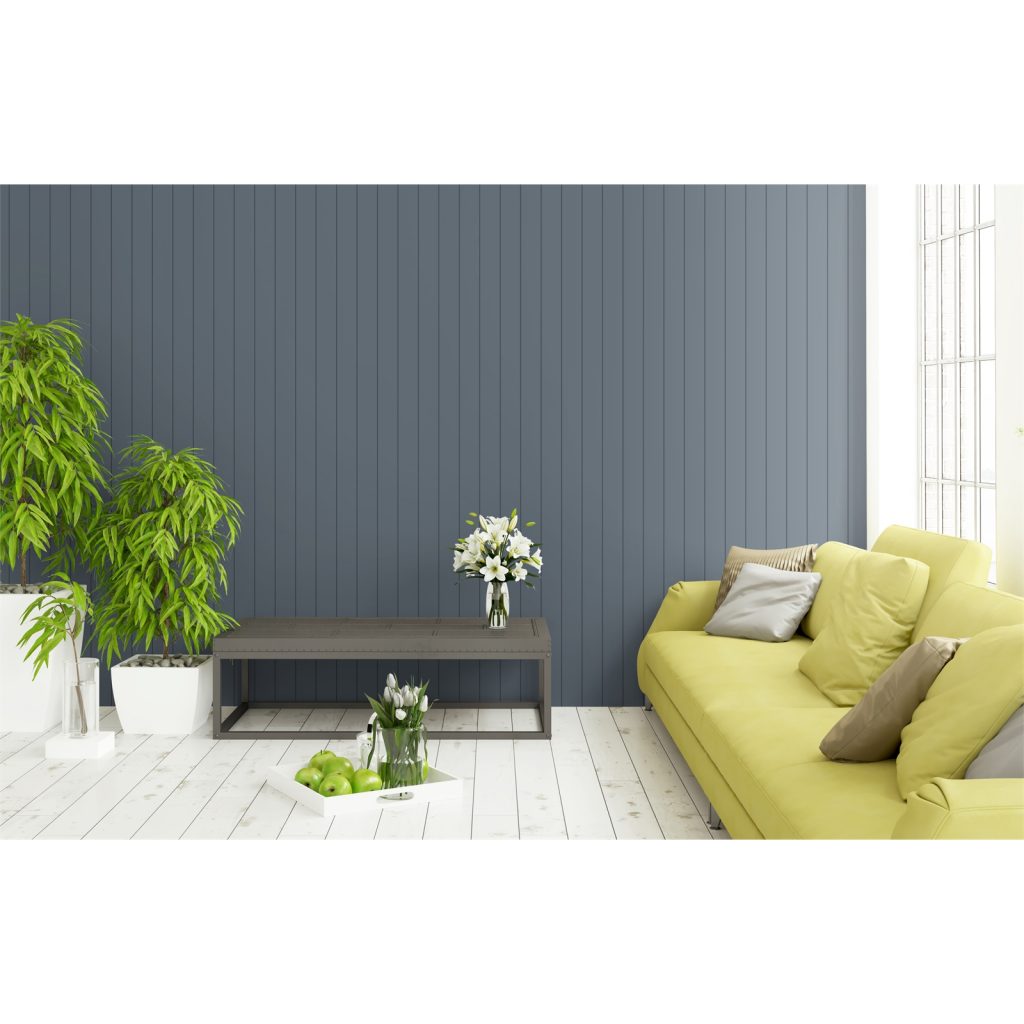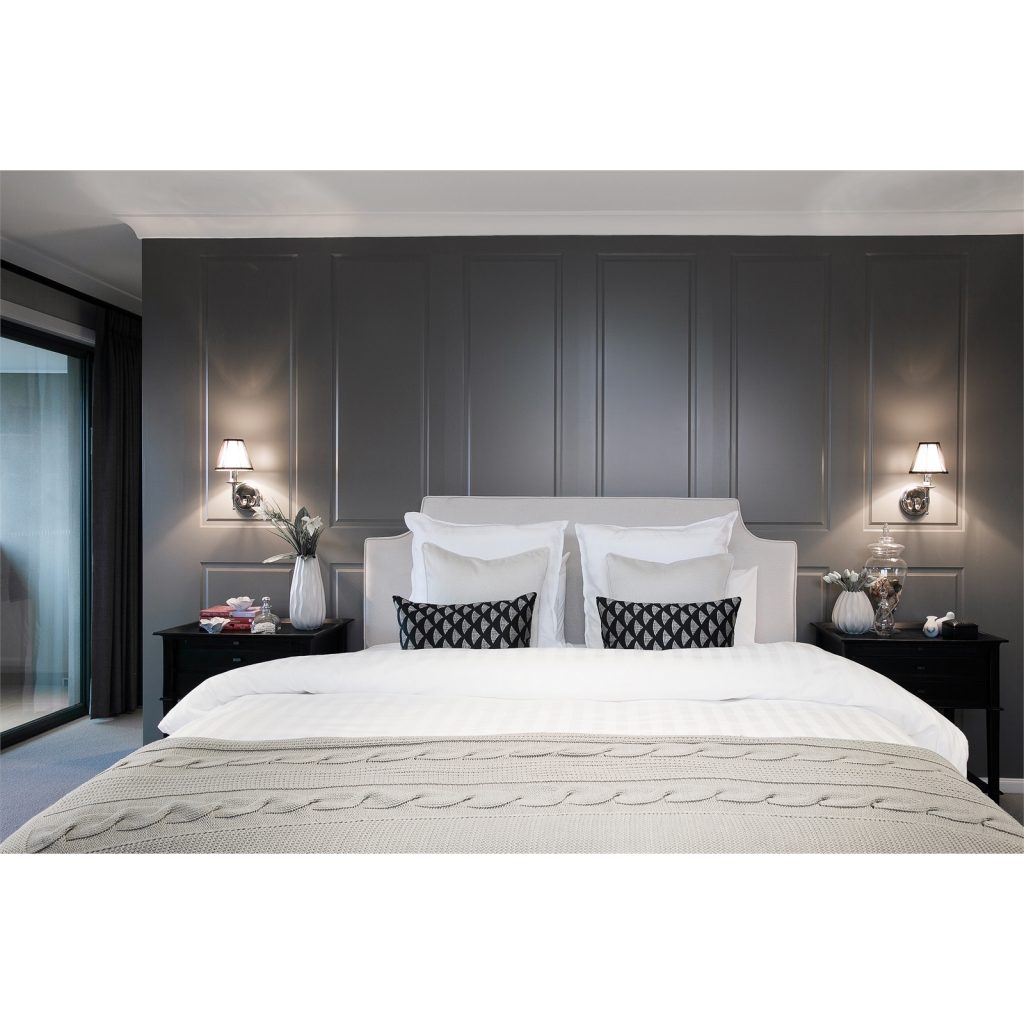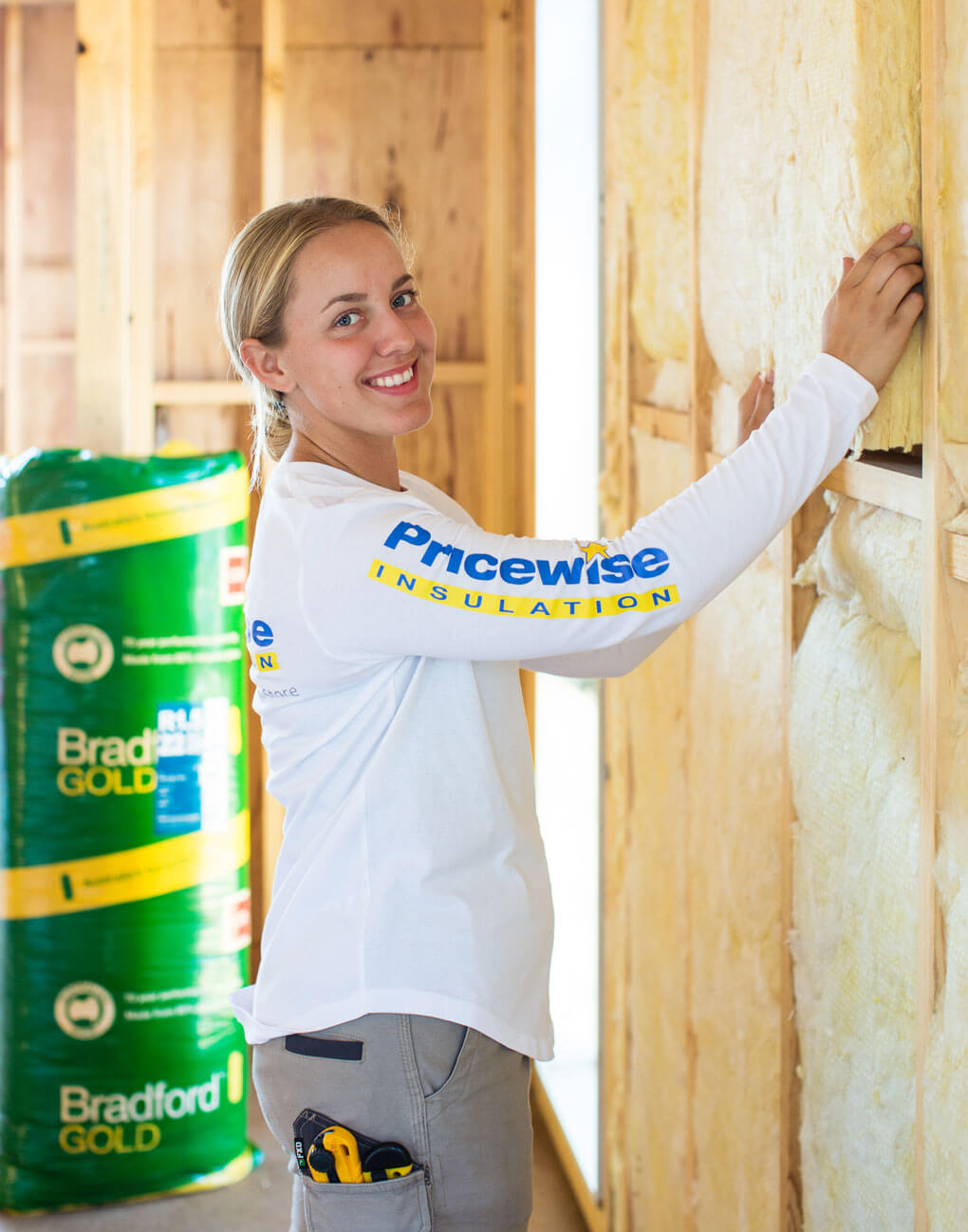Insulation
Once your plumbing and/or electrical rough-in is complete, you are now ready to add insulation and line the inside of your new space.
Insulation is very easy to install and just involves putting insulation batts into the wall and ceiling cavity in your building. Sometimes your plastering contractor will offer to do this for you. The insulation batts are available at most local hardware stores and can be purchased in HD (high density) form which means you get more thermal comfort without needing to make your walls thicker.
Click here for more information & tips on Insulation Batts for your walls.
Plasterboard lining
After insulation your plasterer will install corner angles, furring strips and edge beading to prepare your building for the plaster sheets.
Plasterboard sheets are then screwed to the walls, the joins in the sheets are taped over and plaster set.
The plaster is then left to dry before it is sanded and re-coated a few times to prepare it for painting.
Corner angles and furring strips are extruded metal plastering products and they can replace the need for adding timber blocking into the ceiling and corners of your building. Edge beading allows you to run your plasterboard lining right to the edge of your doorway and window openings without needing additional architraves, square setting or window reveals to finish it off.
Your plasterer should be familiar with these terms, and be able to arrange all of this for you.
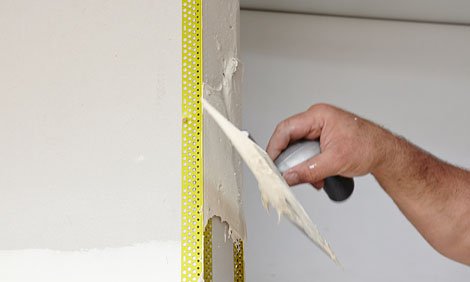
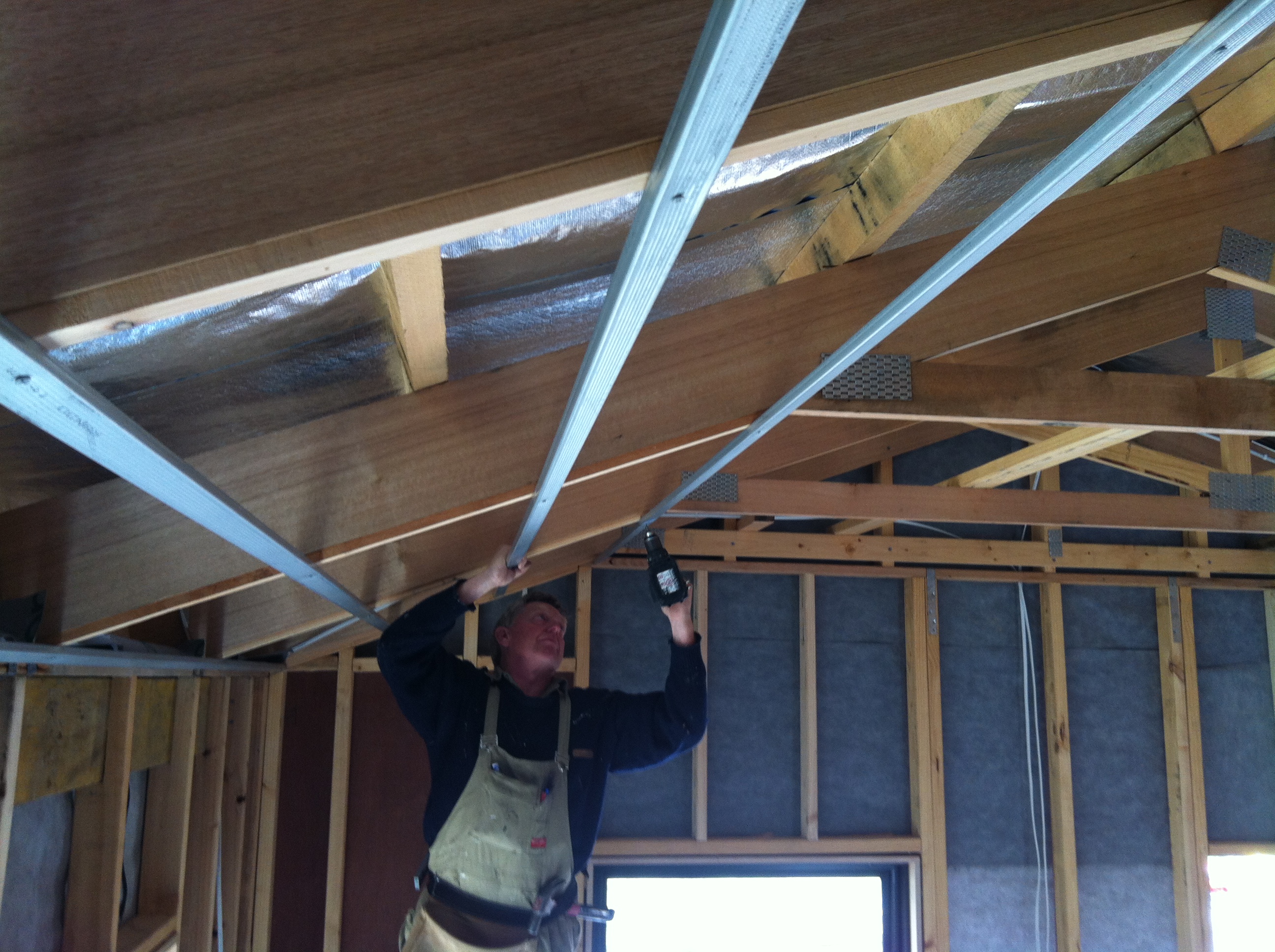
If you’re keen to DIY, check out these step-by-step instructions from Bunnings. However, plastering can be a very messy and stressful experience if you are not experienced. Consider hiring a professional plasterer for the job, and DIY other areas of your project instead.
For assistance with your plastering project contact Dave’s Plastering on 0406 873 138
Alternative lining options
There are a few alternatives to plasterboard linings. These range from simple plywood lining to pre-primed/pre-grooved wall lining sheets.
Being pre-grooved sheets means that the sheets butt-join on a groove which eliminates the need for plaster setting/drying/sanding/resetting etc. Another benefit is that being pre-primed also makes it quicker and easier to paint. This means it becomes a handyman or DIY job instead of being a trade project.

